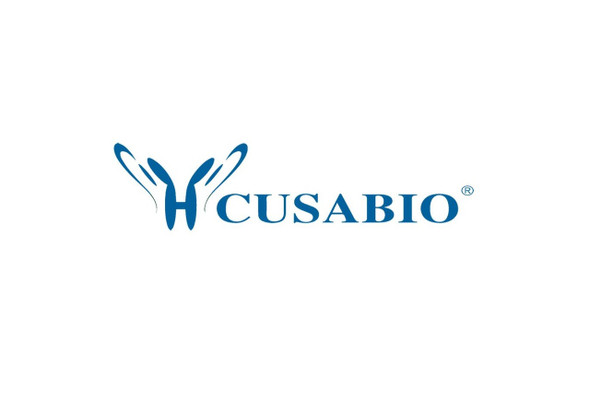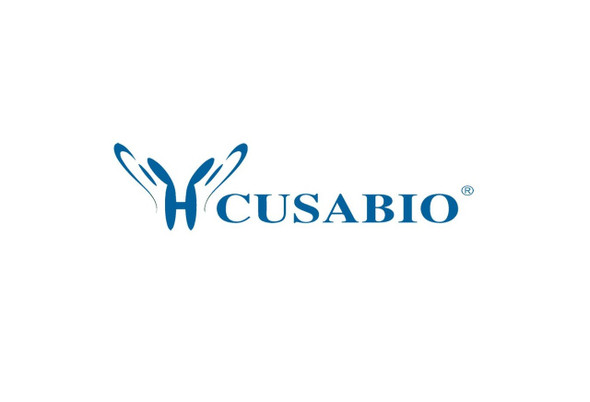Cusabio Mouse Recombinants
Recombinant Mouse Peroxisome proliferator-activated receptor gamma (Pparg) | CSB-EP018424MOb0
- SKU:
- CSB-EP018424MOb0
- Availability:
- 3 - 7 Working Days
Description
Recombinant Mouse Peroxisome proliferator-activated receptor gamma (Pparg) | CSB-EP018424MOb0 | Cusabio
Alternative Name(s): Pparg; Nr1c3; Peroxisome proliferator-activated receptor gamma; PPAR-gamma; Nuclear receptor subfamily 1 group C member 3
Gene Names: Pparg
Research Areas: Epigenetics and Nuclear Signaling
Organism: Mus musculus (Mouse)
AA Sequence: MGETLGDSPVDPEHGAFADALPMSTSQEITMVDTEMPFWPTNFGISSVDLSVMEDHSHSFDIKPFTTVDFSSISAPHYEDIPFTRADPMVADYKYDLKLQEYQSAIKVEPASPPYYSEKTQLYNRPHEEPSNSLMAIECRVCGDKASGFHYGVHACEGCKGFFRRTIRLKLIYDRCDLNCRIHKKSRNKCQYCRFQKCLAVGMSHNAIRFGRMPQAEKEKLLAEISSDIDQLNPESADLRALAKHLYDSYIKSFPLTKAKARAILTGKTTDKSPFVIYDMNSLMMGEDKIKFKHITPLQEQSKEVAIRIFQGCQFRSVEAVQEITEYAKNIPGFINLDLNDQVTLLKYGVHEIIYTMLASLMNKDGVLISEGQGFMTREFLKSLRKPFGDFMEPKFEFAVKFNALELDDSDLAIFIAVIILSGDRPGLLNVKPIEDIQDNLLQALELQLKLNHPESSQLFAKVLQKMTDLRQIVTEHVQLLHVIKKTETDMSLHPLLQEIYKDLY
Source: E.coli
Tag Info: N-terminal 10xHis-tagged
Expression Region: 1-505aa
Sequence Info: Full Length
MW: 63.3 kDa
Purity: Greater than 85% as determined by SDS-PAGE.
Relevance: Nuclear receptor that binds peroxisome proliferators such as hypolipidemic drugs and fatty acids. Once activated by a ligand, the nuclear receptor binds to DNA specific PPAR response elements (PPRE) and modulates the transcription of its target genes, such as acyl-CoA oxidase. It therefore controls the peroxisomal beta-oxidation pathway of fatty acids. Key regulator of adipocyte differentiation and glucose homeostasis. ARF6 acts as a key regulator of the tissue-specific adipocyte P2 (aP2) enhancer. Acts as a critical regulator of gut homeostasis by suppressing NF-kappa-B-mediated proinflammatory responses. Plays a role in the regulation of cardiovascular circadian rhythms by regulating the transcription of ARNTL/BMAL1 in the blood vessels
Reference: "mPPAR gamma 2: tissue-specific regulator of an adipocyte enhancer." Tontonoz P., Hu E., Graves R.A., Budavari A.I., Spiegelman B.M. Genes Dev. 8:1224-1234(1994)
Storage: The shelf life is related to many factors, storage state, buffer ingredients, storage temperature and the stability of the protein itself. Generally, the shelf life of liquid form is 6 months at -20?/-80?. The shelf life of lyophilized form is 12 months at -20?/-80?.
Notes: Repeated freezing and thawing is not recommended. Store working aliquots at 4? for up to one week.
Function: Nuclear receptor that binds peroxisome proliferators such as hypolipidemic drugs and fatty acids. Once activated by a ligand, the nuclear receptor binds to DNA specific PPAR response elements (PPRE) and modulates the transcription of its target genes, such as acyl-CoA oxidase. It therefore controls the peroxisomal beta-oxidation pathway of fatty acids. Key regulator of adipocyte differentiation and glucose homeostasis. ARF6 acts as a key regulator of the tissue-specific adipocyte P2 (aP2) enhancer. Acts as a critical regulator of gut homeostasis by suppressing NF-kappa-B-mediated proinflammatory responses. Plays a role in the regulation of cardiovascular circadian rhythms by regulating the transcription of ARNTL/BMAL1 in the blood vessels
Involvement in disease:
Subcellular Location: Nucleus, Cytoplasm
Protein Families: Nuclear hormone receptor family, NR1 subfamily
Tissue Specificity: Highest expression in white and brown adipose tissue. Also found in liver, skeletal muscle, heart, adrenal gland, spleen, kidney and intestine. Isoform 2 is more abundant than isoform 1 in adipose tissue.
Paythway:
Form: Liquid or Lyophilized powder
Buffer: If the delivery form is liquid, the default storage buffer is Tris/PBS-based buffer, 5%-50% glycerol. If the delivery form is lyophilized powder, the buffer before lyophilization is Tris/PBS-based buffer, 6% Trehalose, pH 8.0.
Reconstitution: We recommend that this vial be briefly centrifuged prior to opening to bring the contents to the bottom. Please reconstitute protein in deionized sterile water to a concentration of 0.1-1.0 mg/mL.We recommend to add 5-50% of glycerol (final concentration) and aliquot for long-term storage at -20?/-80?. Our default final concentration of glycerol is 50%. Customers could use it as reference.
Uniprot ID: P37238
HGNC Database Link: N/A
UniGene Database Link: UniGene
KEGG Database Link: KEGG
STRING Database Link: STRING
OMIM Database Link: N/A









